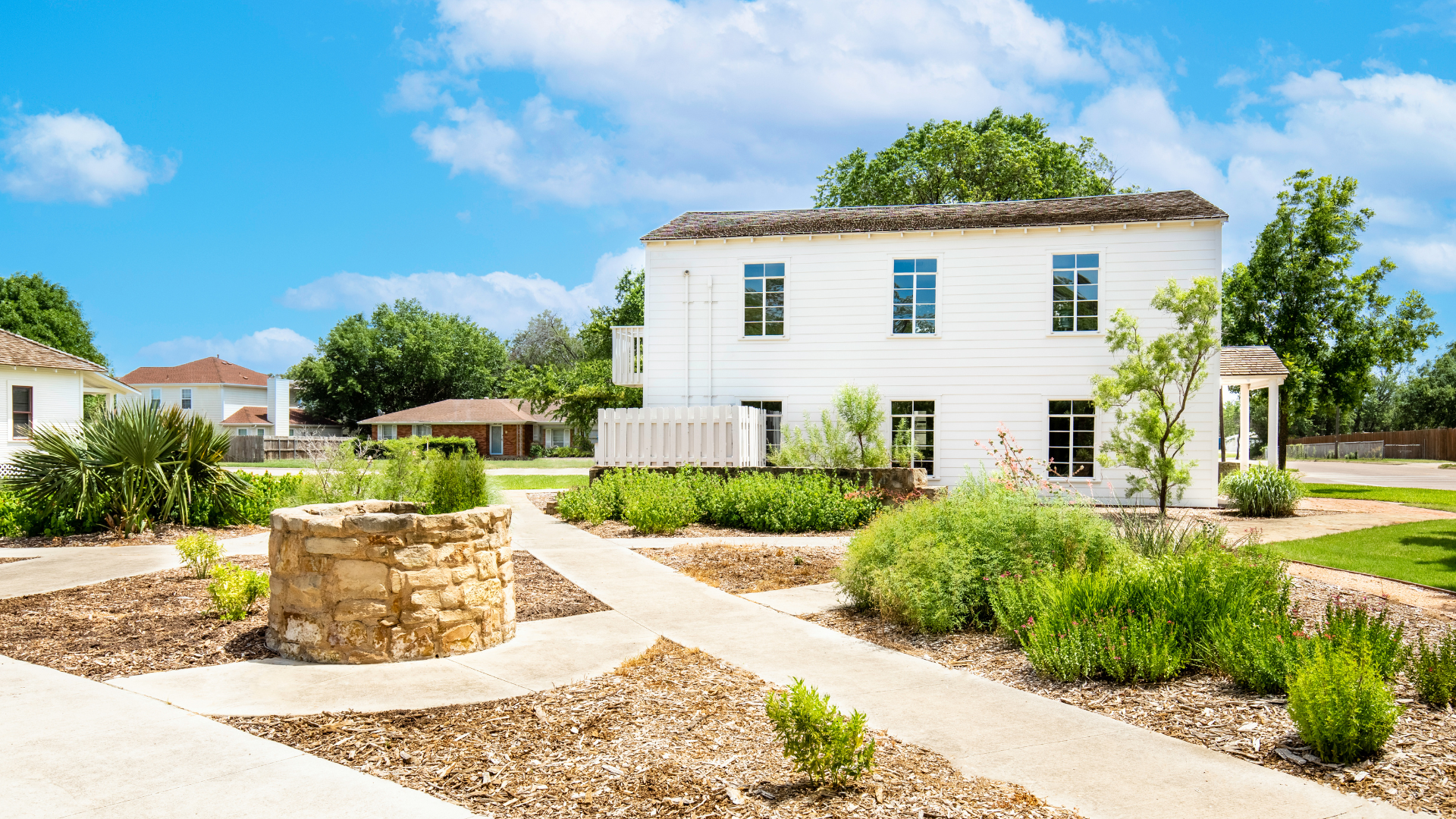Ruth Paine House Museum Featured on KERA's Art&Seek.org
Irving Historical Site Gives Female Perspective To The Events Leading Up To JFK Assassination
by Therese Powell
On November 21, 1963, the night before John F. Kennedy was assassinated, Lee Harvey Oswald spent the night at a small, mid-century home in Irving.
Now, almost six decades later, the house is a multimedia museum run by the Irving Archives and Museum that tells the story of the events that occurred there.
Recognizing the historic significance of the house owned by Michael and Ruth Paine in 1963, the City of Irving purchased it in 2009. And in 2013, a museum was created within the home. Family photographs, Warren Commission photos, as well as assistance from Ruth Paine herself, were used to restore the 1,250-square-foot home to how it looked in November of 1963.
The story of the house begins with Ruth Paine, who befriended Marina Oswald, the wife of Lee Harvey Oswald. Paine was a Quaker and interested in US-USSR relations and had been learning Russian. She had been helping Russian émigrés and offered Marina and her children a temporary place to live while Lee Harvey was living in a rooming house in Oak Cliff to be near his job at the Texas School Book Depository. He would visit Marina and the children on the weekends at the Paine home and then return to Dallas for work on Monday.
“Marina was Russian and only spoke Russian at the time,” said Jennifer Landry, Museum Director, Irving Archives and Museum. “Ruth thought this was a good opportunity to practice and perfect her Russian speaking skills, and in the process, would also help Marina adjust. They were both young mothers and both were somewhat estranged from their spouses at the time, because Ruth’s husband was not living in the home. So they had some things in common.”
On the morning of November 22, 1963, Lee Harvey reportedly got up early and retrieved a rifle that was wrapped in a blanket from the garage and left the Paine home before anyone was awake. Five hours later, President John F. Kennedy was assassinated as his motorcade passed in front of the Texas School Book Depository.
Landry says those living in the Paine home would forever be defined by the events of that day.
“The story we tell at the house is: What happens when you are caught up in a historic moment where you’re an innocent bystander? You have no idea what’s happening, but you know it’s one of the most tragic events of a lifetime. So the museum captures a moment in time,” she said.
As visitors tour the home, they’ll encounter projected vignettes of actors who play the roles of Ruth and Michael Paine and Marina and Lee Harvey Oswald. Using words from historical records, these characters tell the story of the days leading up to the assassination.
Ruth and Marina were watching television while folding laundry together when they learned of the assassination.
“Marina was quickly moved into Secret Service protection, and Ruth tried to connect with her in the months afterwards, but Marina just did not want to connect,” said Landry. “In later years Ruth realized that what bound them together was probably the most tragic event in both of their lives. She says they were sisters bound by a tragedy. And so, the friendship just kind of dissolved after the assassination.”
Landry says the house is significant because Lee Harvey woke up there the day of the assassination, but it also tells a much bigger story.
“It’s a story told from a woman’s perspective of the assassination. And that’s not a story that we necessarily hear much,” she said.
View the full article
here.











